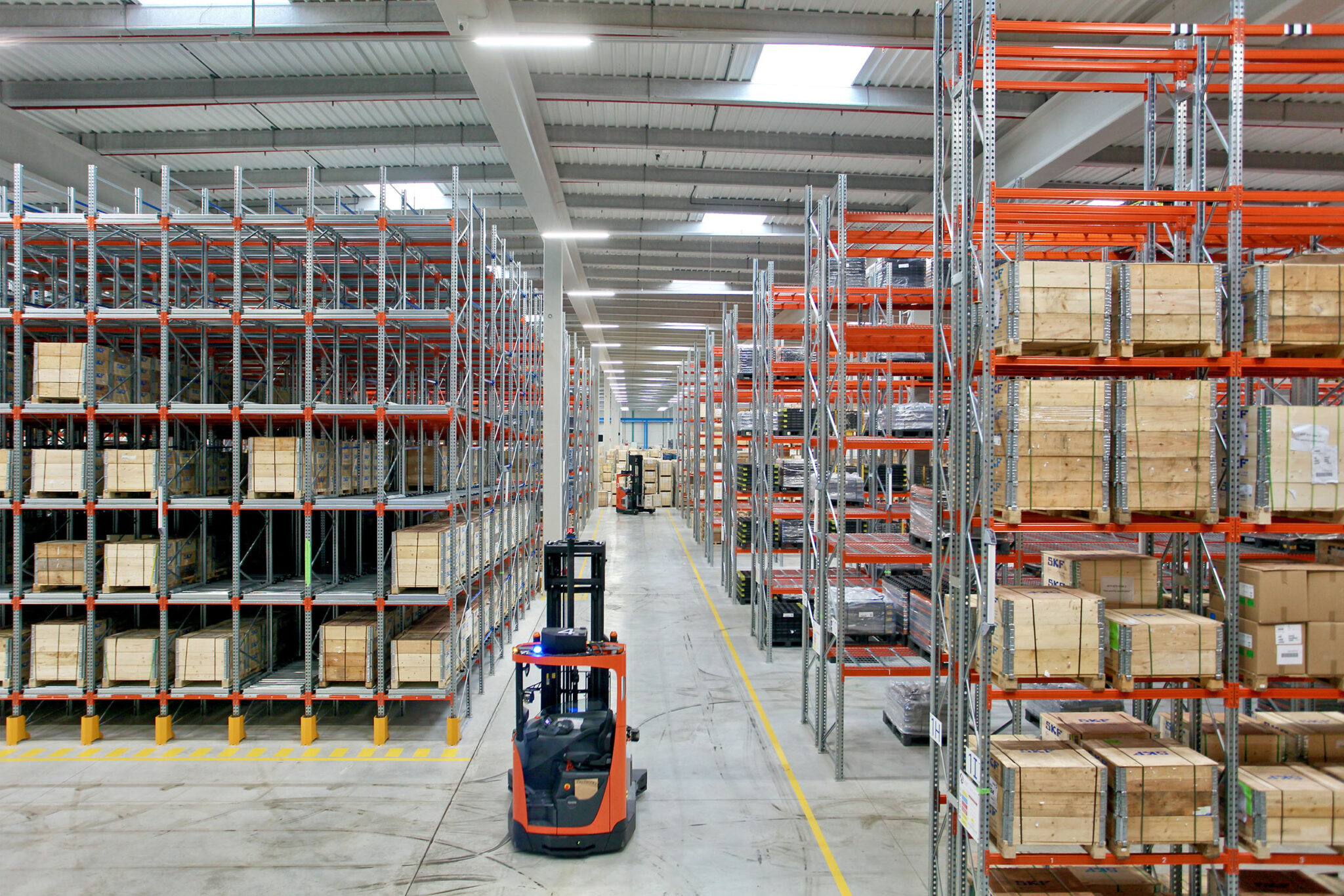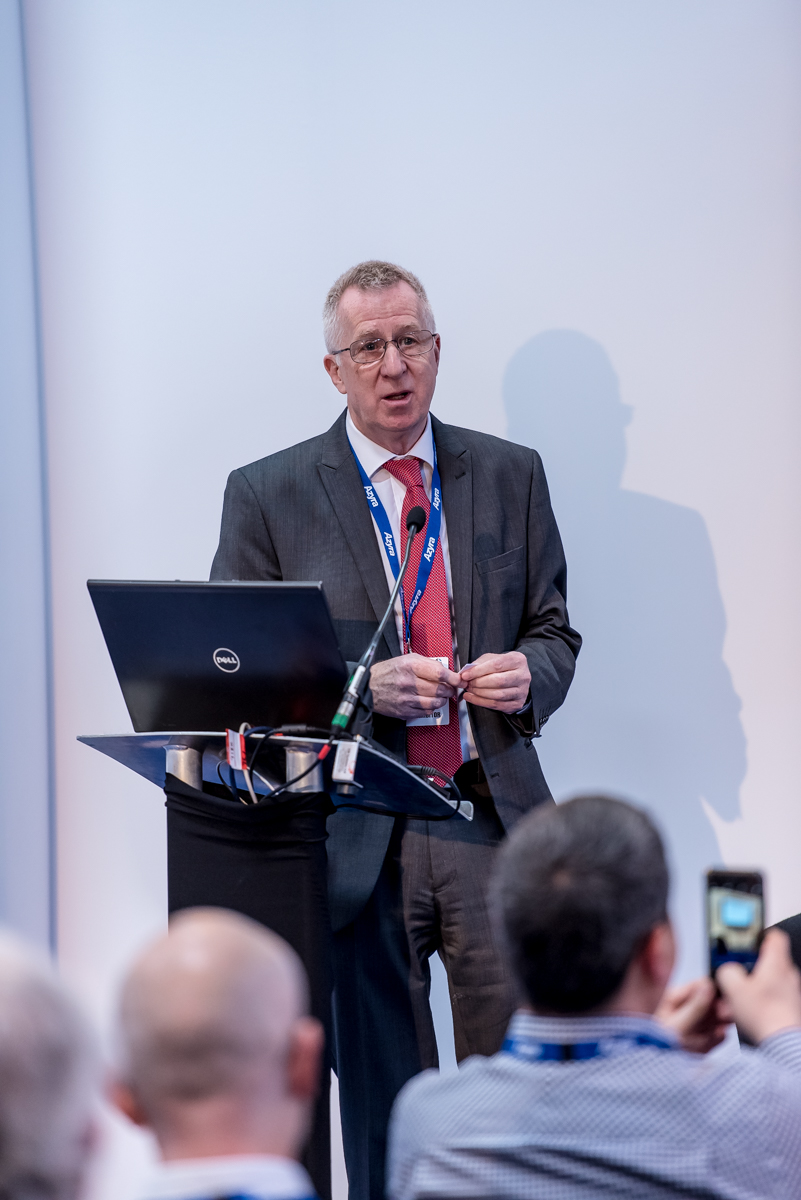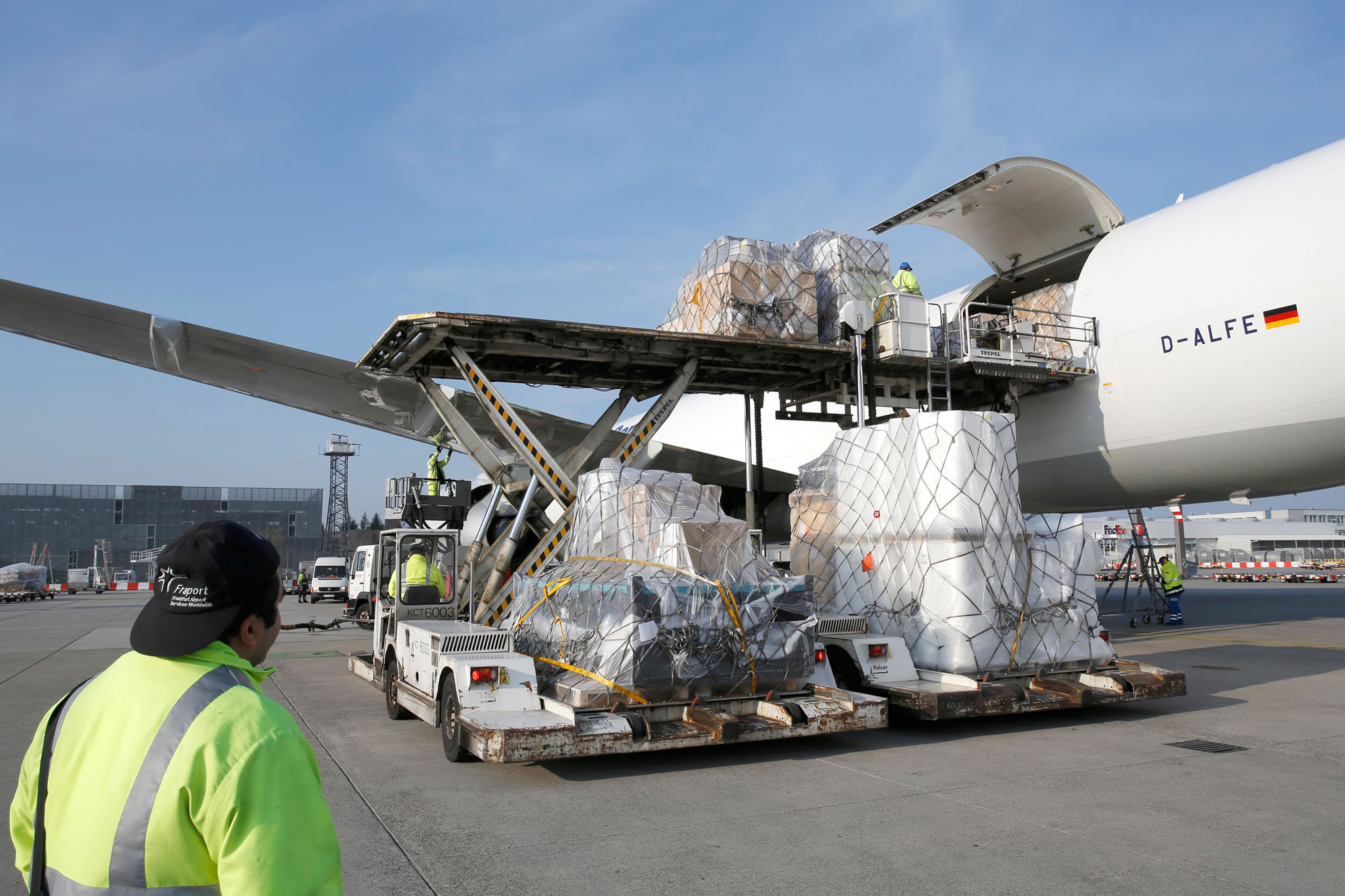After a commissioning period, the specialist transport and logistics services company Jaylo is now operating its new 17,000 sq m logistics platform in Tudela (Navarra, Spain) at full capacity. AR Racking has equipped the innovative logistics centre with its storage systems.
The installation integrates Jaylo’s facilities with those of its customer SKF, a company specialised in the design and manufacture of bearings for the automotive sector. Its first intralogistics division project, Jaylo did not hesitate to count on AR Racking as its trusted partner to optimise the space of the logistics platform, which is now at full capacity.
AR Racking installed, on the one hand, adjustable pallet racking, providing 2,700 new positions for pallets and 2,200 new positions for half pallets. And, on the other, FIFO live pallet racking, resulting in 2,160 new positions for half pallets. In total, a storage capacity of 7,060 new positions for pallet loads, occupying 4,250 sq m of the total area of the warehouse. Thanks to these storage solutions, Jaylo can supply and collect the finished product at the request of its customer SKF 24 hours a day.
“It is a strategic project for us because we can directly and immediately improve the competitiveness of one of our most important customers,” explained David García Osta, Jaylo Director. He added: “AR Racking knew how to put all its experience and know-how at our service during the design, planning and installation phase. The deadlines were also strictly met, which was an advantage in a project that involved the participation of both companies and teams.”
The combination of both storage systems has given Jaylo a logistics platform that fully optimises the space as well as enable time and resource savings in handling goods.
The adjustable pallet racking area provides direct and immediate access to products, while the FIFO live pallet racking facilitates perfect stock rotation and fast movement of the unit loads. To guarantee the correct positioning of the half pallets of the live pallet racking systems, the structure has been fitted with lateral guide wheels, ensuring a maximum lateral movement of 15 mm in the descent of the loads down the conveyor. This means that the driverless AGV forklifts can satisfactorily collect all the unit loads.
“It was clear to us that Jaylo needed a logistics proposal with both plenty of storage capacity and fast handling. We are fully confident that, with the solutions installed, the performance of the platform will be immediate”, said Xabier Rica, AR Racking Sales Representative.











